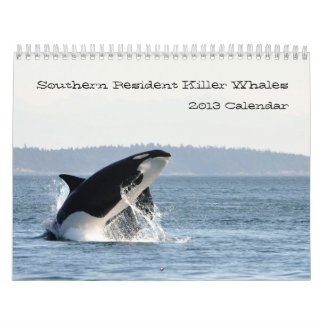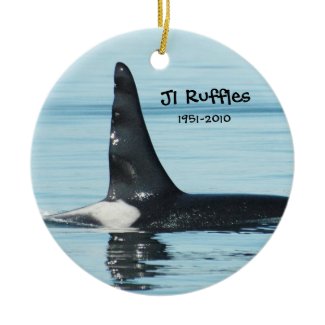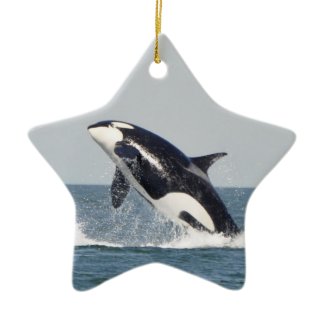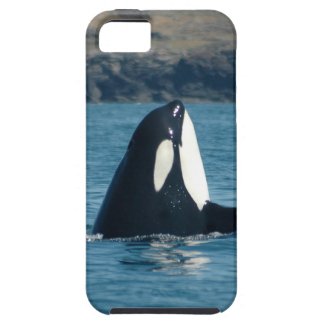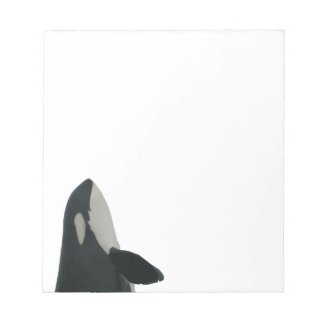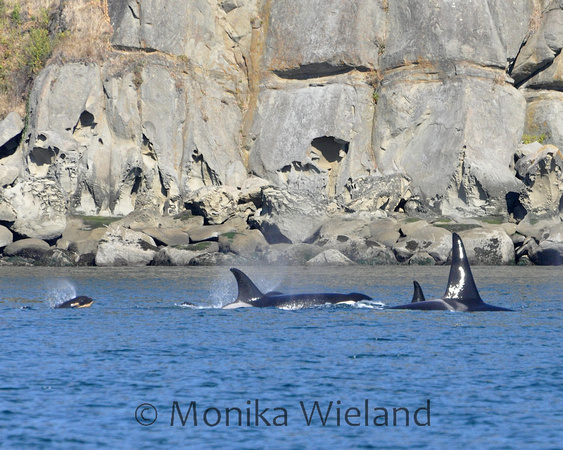It's the end
of another year of great birding and wildlife watching, which means it's time to look at the 2012 bird year list. At the start of the year I set three goals for myself: reach 215 species by the end of the year, reach 100 species by the end of January, and have my North American life list reach 350. Just like in 2011, I reached my first two goals but still failed to reach the 350 mark by just a couple species, though I doubled the number of life birds I added in 2012 compared to 2011.
When I started keeping a year list in 2010 I traveled up the Alaska Highway, so it's no surprise that that remains my highest annual total with 233 species. With trips this year to California and Utah, I was able to pass my 2011 total of 206 by tallying 222 species on the year. Here's my updated table comparing the three years:
2010
|
2011
|
2012
|
|
Total # Bird
Species
|
233
|
203
|
222
|
Dave's Total
|
237
|
206
|
275/205*
|
Dad's Total
|
230
|
204
|
|
#
States/Provinces
|
6
|
4
|
5
|
# Life Birds
|
23
|
3
|
6
|
# SJ County
Species
|
133?
|
157
|
145
|
# Species by
Month
|
|||
January
|
87
|
114
|
105
|
February
|
19
|
13
|
52
|
March
|
25
|
12
|
3
|
April
|
21
|
25
|
12
|
May
|
37
|
17
|
24
|
June
|
24
|
2
|
14
|
July
|
1
|
4
|
0
|
August
|
2
|
4
|
3
|
September
|
3
|
5
|
0
|
October
|
2
|
1
|
6
|
November
|
4
|
4
|
0
|
December
|
8
|
2
|
3
|
The February trip to California boosted that month's total by a lot this year, and as a consequence there were fewer spring migrants to add in March and April. I also always like to try and tally at least one year bird in every month of the year, and this is the first year that I failed to do that. Looking at the monthly comparison over the last three years, it's apparent how my busy work schedule from July through December influenced my time to go birding.
I also have a friendly competition with Dave from England, who has edged me out by a few species in both the previous years. This year, taking into account the 70 species he saw on a trip to Australia, he crushed me 275 to 222. If you look at only his Europe list and compare it to my only North America list, I beat him for the first year 222 to 205. My dad also kept a year list for the second year in a row. He fell short of his goal of 250 species, so I beat his year list for the first time, too.
Here are some bird highlights of the year 2012:
Here are some bird highlights of the year 2012:
- Our first day of birding on January 1, 2012 turned up 61 species in the greater Portland area. Will be able to reach that total on January 1, 2013?
- In January I traveled to Boundary Bay near Vancouver, BC to see the snowy owls that were congregating there. I saw an amazing 21 snowy owls, and they became my 91st species of the year, compared to species #200 in 2011.
- During my first COASST survey of 2012, I was able to get a photograph of five shorebird species in the same frame on Fourth of July Beach on San Juan Island.
- Our trip to Pismo Beach, California in February was awesome for a lot of reasons, but the memory that will always stand out to me the most was visiting the butterfly garden and seeing not only thousands of Monarch butterflies but lots of great birds, including red-shouldered hawks and my first life bird of the year, a Nuttall's woodpecker.
- In April I got to visit Three Meadows Marsh on San Juan Island for the first time. This private wetlands is an amazing waterfowl habitat, and I also added some first of the year spring birds while there. On the way to visit the marsh, I also saw and photographed a western kingbird, an uncommon species for the island.
- In May Katie and I discovered that the owl hole near her house was in fact a nest, and we saw the chicks for the first time.
- In June I got to help band baby bluebird chicks, and I also went to Winthrop, Washington for the first time, where the birding was amazing. Pipestone canyon turned up species such as sooty grouse, canyon wren, and prairie falcon, and I also added a couple more life birds: red-naped sapsucker and Williamson's sapsucker.
- Our October trip to Utah didn't turn up as many year birds as I had hoped, but I did add a loggerhead shrike and rock wren to the list, reaching my goal of 215 species on the year.




















